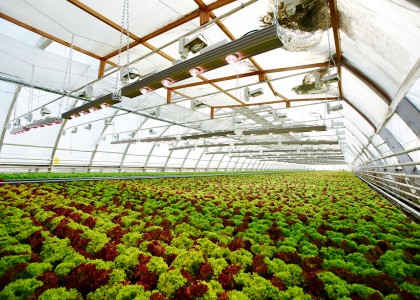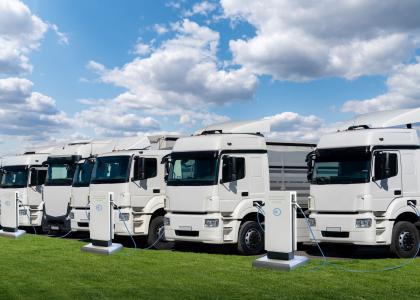Now that the final Clean Power Plan has been released and posted in the Federal Register, it’s time to get to work. By including energy efficiency in their compliance plans, states can reduce emissions and compliance costs while boosting local economies and reducing household utility bills. Many states are already benefiting from energy efficiency policies and programs, while others are just getting started. Regardless of the past, it is now up to people in states to ensure that their state officials plan for a future where these benefits can be achieved. Here are some ideas for how to get involved.
The clock is ticking for states to plan for compliance, with initial plan submissions due to the Environmental Protection Agency (EPA) by September 2016. Here’s how energy efficiency stakeholders can get involved in the planning process:
- Identify the state agency responsible for implementing the state compliance plan. The state official responsible for developing clean air regulations is a good place to start. The office will typically be housed within the department of environment or health. Visit the National Association of Clean Air Agencies’ website to find the contact information for your state’s air agency.
- Request information about upcoming public hearings, state comment submissions, or meetings taking place in your state. Several states, like Pennsylvania and Virginia, have already held public meetings to discuss state compliance options, while other states are in the process of planning stakeholder engagement. Information regarding upcoming stakeholder meetings can typically be found on the website of your state’s air office or energy office.
- Contact your governor and legislators to inform them of key energy efficiency opportunities in your state. This dialog can include education on ramping up existing programs and policies as well as new opportunities that can be implemented. Get a snapshot of your state’s energy efficiency landscape here. You can quickly get an idea for the magnitude of new opportunities with this tool.
- Make sure your state plan reflects the diversity of its residents, houses, and businesses by engaging with your state and EPA. The final rule sets expectations for states to engage with vulnerable communities as they develop their plans so that the effects on those communities are considered as plans are designed. In the coming months, EPA will also be engaging stakeholders regarding the definition of low-income communities and the types of energy efficiency programs allowed under the Clean Energy Incentive Program (CEIP), which grants some emissions allowances or credits for early action to reduce energy use in low-income communities.
- Reach out to other groups that will be affected by the planning process. Share information and consolidate efforts where possible to ensure that everyone has a seat at the planning table, including organizations with interests in labor, faith, and environmental justice, in addition to energy and environmental groups. Many communities are affected by this planning, including vulnerable populations such as children, the elderly, and the economically disadvantaged. See many of the ideas proposed for the affordable housing community here.
- Be a resource for your state officials developing the compliance plan. There are a number of resources available to help states get answers to tough questions. Visit ACEEE’s 111(d) page and our joint NASEO-ACEEE State Clean Power Plan Resource Hub for tools and templates that help states include energy efficiency in their compliance plans. These resources will continue to be updated to meet the needs of state officials.
- Talk to EPA. These are six ways advocates can influence state compliance plans, but another route is to submit comments to EPA. Along with the final rule, EPA released drafts of a federal plan and model rules for states and guidance on measuring and verifying the impacts of energy efficiency. There are several areas within these documents that EPA is specifically seeking comment by energy efficiency stakeholders, including the treatment of energy efficiency in state plans and any federally imposed plans, as well as the CEIP. The deadline for both of these comment periods is January 21, 2016. Comments can be submitted here for the federal plan and model rules (Docket ID No. EPA–HQ– OAR–2015–0199), and here for the EM&V guidance.
ACEEE will continue to provide assistance to state planners and advocates in the coming year. We will also submit comments to EPA on the treatment of energy efficiency in their proposed model plans and guidance.




